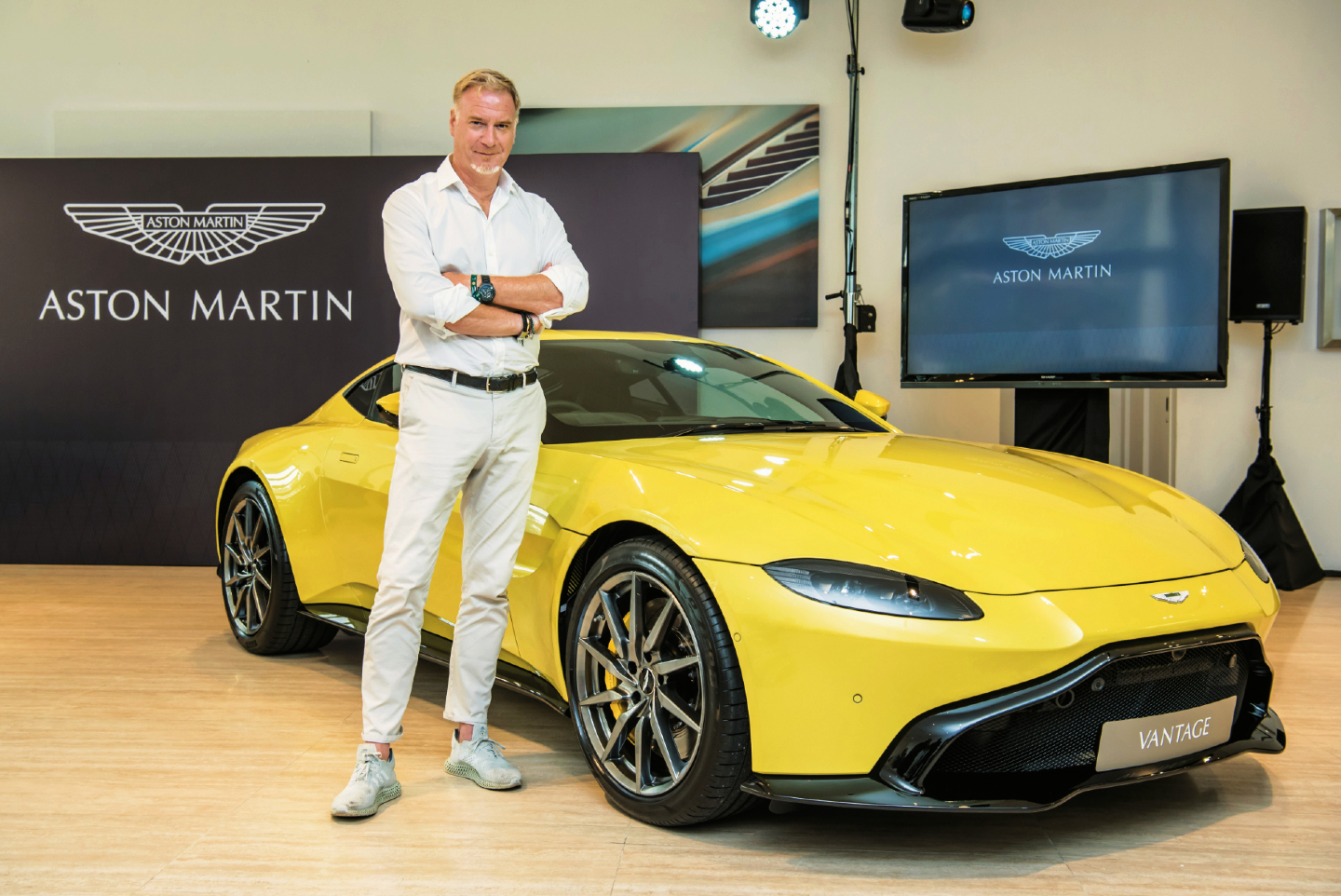
Reichman joined Aston Martin in 2005 (Photo: Aston Martin)
When Marek Reichman was a little boy, he had a Dinky 110 Aston Martin DB5 that miraculously escaped the roughhousing the rest of his toys suffered. Even when his friends came over and asked to play with it, the answer was always a resounding no — the toy car remained untouched, because even then Reichman was struck by how evocative its design was. He still thinks this, but as chief creative officer of Aston Martin Lagonda, one would think that he has to.
“Fair enough, but I really do think so,” he laughs good-naturedly. In Singapore for the 2019 Formula 1 Grand Prix, Reichman — who loves spicy food and adjusted to the heat with enviable ease — refers to his work for Aston Martin as a vocation rather than a job. “Who wouldn’t love a job where you get to design a car with the world’s most successful F1 engineer, Adrian Newey? Or a car that the next Bond will drive around in a new movie?” He name-drops as a joke; in truth, Reichman’s passion for the Aston Martin brand is genuine and far-reaching, his influence already making a difference in the marque’s approach to design.
aston_martin_james_bond.jpg
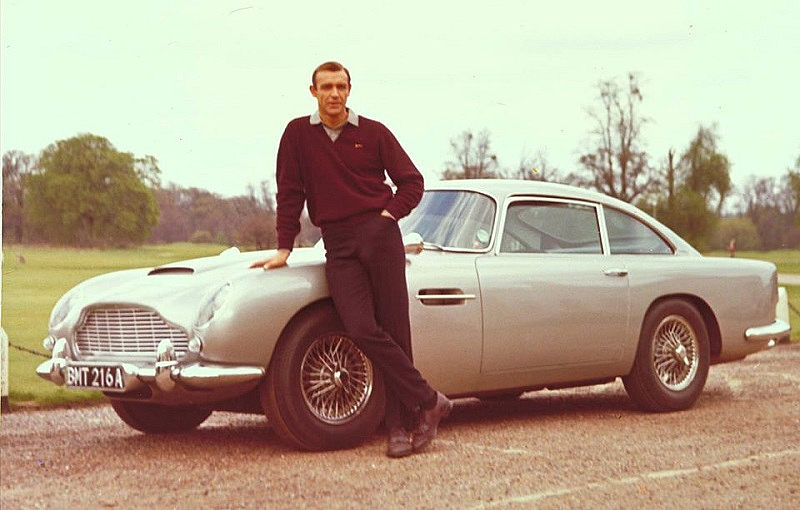
Founded in 1913 by Lionel Martin and Robert Bamford, the Aston Martin brand is integral to modern pop culture — it has been in seven Bond movies, has held a Royal Warrant as purveyor of motorcars to the Prince of Wales since 1982 and is frequently listed as an icon of British design alongside the double-decker bus and the red phone booth. This reputation has not always translated into profits, though, and only in 2017 did Aston Martin start registering in the black after a long period of losses.
Reichman joined the company in 2005, bringing with him years of experience in Land Rover, BMW as well as its then newly acquired Rolls-Royce, and finally, Ford. He was hired on the spot by Aston Martin’s previous CEO, Ulrich Bez, when he saw Reichman’s vision for a new four-door Aston Martin — those sketches went on to become the Rapide concept car, which was launched the following year.
Once Reichman came on board, he noticed that the designs of the cars — at the time, it was just the DB9 and the almost-completed Vantage — were not necessarily commensurate with the power underneath their bonnets. He also needed to address the criticism levelled at the brand then that most 21st-century Aston Martins had a very similar look. Reichman argued convincingly that it was this clear-design identity that had put Aston Martin on the global map, but it still needed an update.
aston_martin_rapide_1.jpg
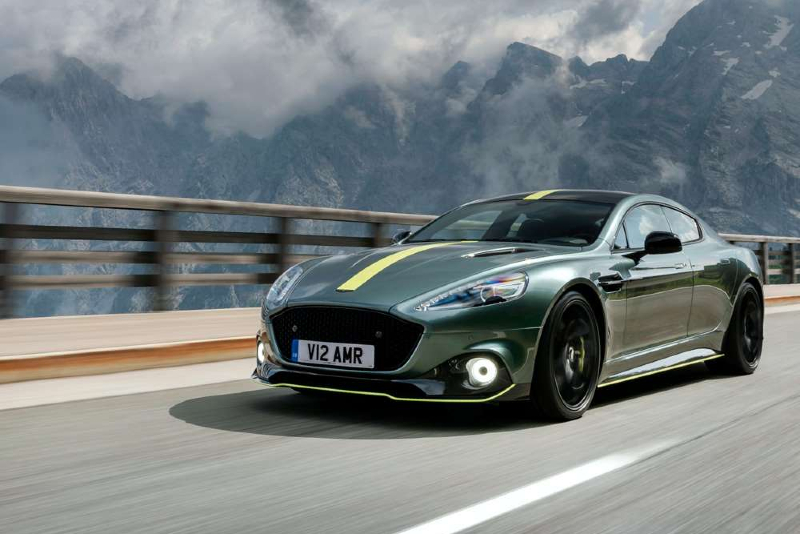
“I think the design language back then was delicate, subtle and understated. One of my first four production cars was to make Aston Martin more powerful, visually. I wanted to represent more of the V12 language and the power to wake up that the car had — in 2005, the car was incredibly powerful, but it looked very feline, elegant and sensitive. That really is what I would say is the biggest change in the design language of the cars, that their looks are suited to their abilities, and each product had its own identity while being unmistakably Aston Martin,” he says.
By drafting such clear design codes for the marque, Reichman was able to expand the brand’s touch points to much more than cars. Today, there is an Aston Martin AM37 powerboat, a submarine project together with Triton Submarines, apparel with Hackett London, a special limited-edition bicycle with specialists manufacturer Storck, luxury aircraft Volante Vision Concept, a mechanical watch with TAG Heuer, a Lego DB5 and, most unexpectedly, a 66-storey luxury condominium in Miami, Florida, called Aston Martin Residences, together with global property developer G&G Business Developments. This is over and above the 12 new cars that Aston Martin has unveiled since Reichman came on board.
aston_martin_residences.jpg
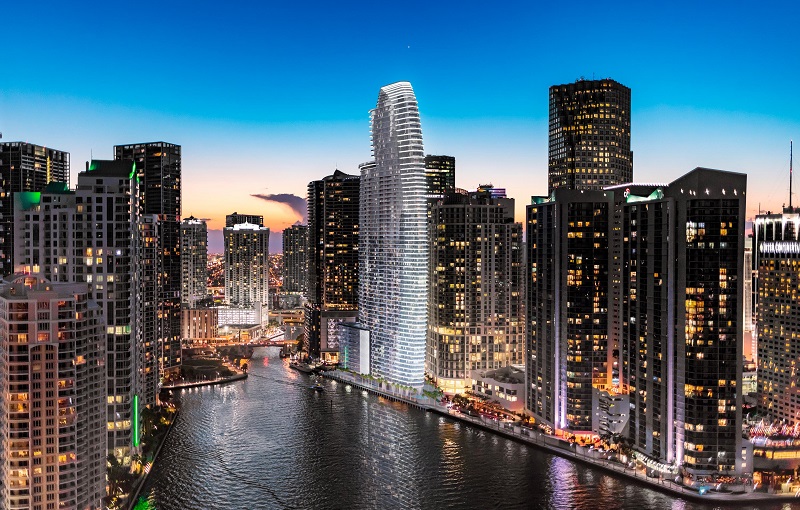
As you can see, the man has been busy. “To be honest, I’m not especially good at relaxing,” he laughs. “My mind is always analysing and looking for inspiration everywhere I go.” Jokes aside, it is quite remarkable how Reichman has translated the Aston Martin aesthetic into so many things outside the already complex world of cars.
“We impart beauty as part of our language, so anything we do from the Miami apartments to the drone and the boat we’re working on is always based on the idea of beauty and how to define this quality in that particular product segment,” he explains. “The underlying theme for us is beauty, honesty through authentic materials and understanding the space. It’s about feeling like you’re inside an Aston Martin, but that doesn’t mean a steering wheel in a kitchen — it’s that simplicity and elegance inside an Aston Martin that you can just as easily apply to a building, a boat or a beautiful car.”
The collaborations are also good fun — here’s looking at you, Lego DB5 — and that is a deliberate move on Reichman’s part to bestow the brand with some energy. “You have to be a bright, fun brand — you can’t always be a dark, century-old company. That’s why we worked with Rankin on the video for Vantage, and Nick Knight for the DBS Superleggera, and an even more experimental filmmaker for the DBX. It’s about constantly shaking the tree and telling the world we are here. As there are more and more brands, and more competition, you can’t be subtle and you have to shout without being loud — it’s all done in a very Aston Martin way,” says Reichman.
Rankin and Nick Knight are both British fashion photographers and directors, famous for their groundbreaking work in pictures and films.
lego_db5.jpg
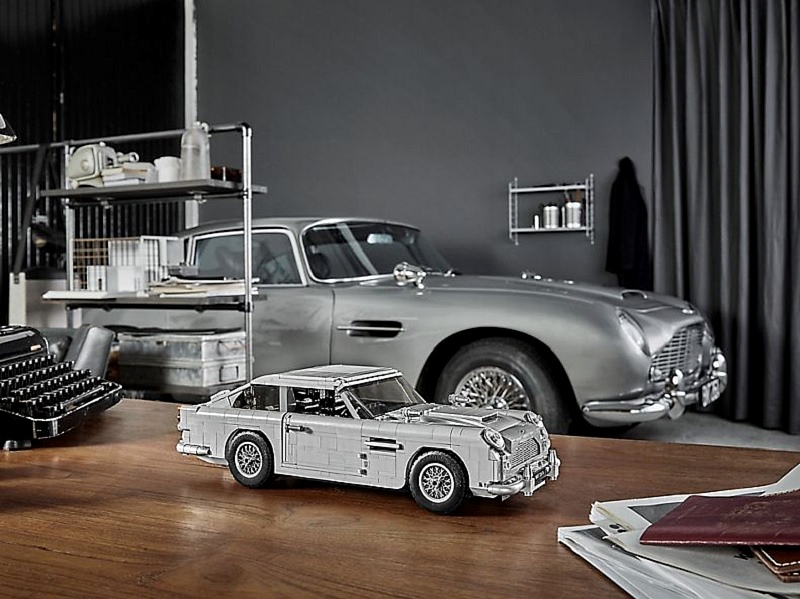
By rewriting Aston Martin’s design codes, Reichman also made them an integral part of the company and convinced shareholders to fund a dedicated space for designers to work in, rather than the existing office within Ford initially allotted to them. “Imagine being told you’re the global head of design for Aston Martin and finding out you’re based in someone else’s studio? I can’t play the music I like, I can’t do much, really, because it was someone else’s studio. We were all part of the same family at the time, but I needed my own space to create,” he says.
Lest he sounds diva-like, there is a more practical reason to pushing for a dedicated design space, and it all comes down to this: What would it take for you to work in the small English village of Gaydon? “If you’re in the centre of London, it’s easy to get people to come and work for you. But if you’re in a factory in the middle of English farmland, getting a creative from London is hard, even if it is Aston Martin. I wanted to create a space that creatives would not want to leave, a fun space with music and a good environment and a buzz so enthralling people would forget it’s time to have lunch,” Reichman says.
Reichman has a young son, so he rarely forgets to leave the studio for home. Things have come full circle, he marvels, because while he could never bring himself to play with his Dinky once upon a time, the Lego DB5 can — and is — put together and taken apart very often by his son. Nothing about the luxury car industry is child’s play, and yet, it sort of is.
This article first appeared on Dec 9, 2019 in The Edge Malaysia.


